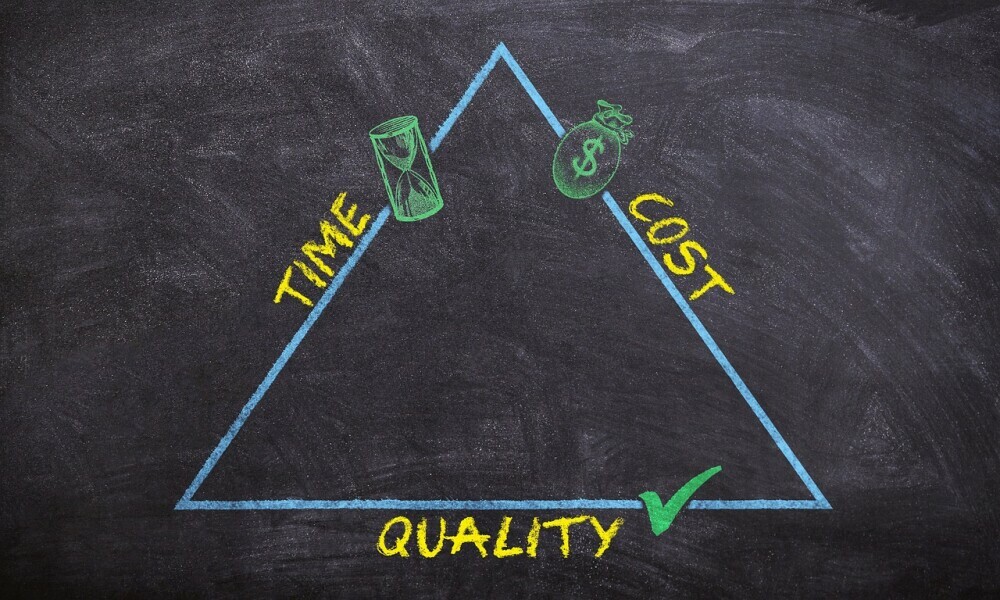**Project Stakeholder Analysis: Key Considerations**
 **Introduction to Project Stakeholder Analysis**
**Introduction to Project Stakeholder Analysis**
Project success often hinges on effective stakeholder management. Stakeholders, individuals or groups with an interest in the project’s outcome, wield significant influence over its trajectory. Conducting a thorough stakeholder analysis is thus paramount to understanding their needs, expectations, and potential impact on the project. In this blog post, we’ll delve into the key considerations for conducting a comprehensive stakeholder analysis and its implications for project planning and execution.
**Identifying Your Stakeholders: The First Step**
Stakeholders come in various forms, including clients, team members, investors, regulators, and end-users. Identifying these stakeholders at the outset of a project lays the groundwork for successful engagement. Techniques such as stakeholder brainstorming sessions, surveys, and stakeholder mapping tools can help uncover both primary and secondary stakeholders. Neglecting to identify key stakeholders can lead to misunderstandings, resistance, and ultimately project failure.
**Assessing Stakeholder Interests and Influence**
Once identified, stakeholders must be analyzed based on their interests in and influence over the project. Distinguishing between stakeholders with high interest but low influence and vice versa helps prioritize engagement efforts. Various tools, such as power-interest grids and influence-impact matrices, aid in evaluating stakeholders’ positions. Striking a balance between addressing the needs of powerful stakeholders and ensuring equitable representation of all parties is critical for project success.
**Communicating With Stakeholders: Best Practices**
Effective communication lies at the heart of stakeholder management. Developing a tailored communication plan that outlines channels, frequency, and messaging ensures stakeholders remain informed and engaged throughout the project lifecycle. Transparent and proactive communication builds trust and minimizes the risk of misunderstandings. Moreover, involving stakeholders in decision-making processes fosters a sense of ownership and commitment to project objectives.
**Monitoring and Adapting to Stakeholder Dynamics**
Stakeholder dynamics evolve over time, necessitating continuous monitoring and adaptation. Regular stakeholder assessments enable project teams to stay abreast of changing attitudes, interests, and concerns. Flexibility in project strategies allows for timely adjustments to accommodate shifting stakeholder dynamics. Case studies illustrating successful adaptations to stakeholder feedback serve as valuable learning experiences for project managers and teams.
**Conclusion**
Project stakeholder analysis is a fundamental aspect of project management that cannot be overlooked. By identifying stakeholders, assessing their interests and influence, communicating effectively, and adapting to evolving dynamics, project teams can navigate challenges, mitigate risks, and drive success. Ultimately, prioritizing stakeholder engagement fosters collaboration, builds trust, and paves the way for project excellence.
If you have a project to organize and manage do not hesitate to Call Alan on 07539141257 or 03332241257, or +447539141257 or +443332241257, you can schedule a call with Alan on https://calendly .com/alanje or drop an email to alan@alpusgroup.com.
